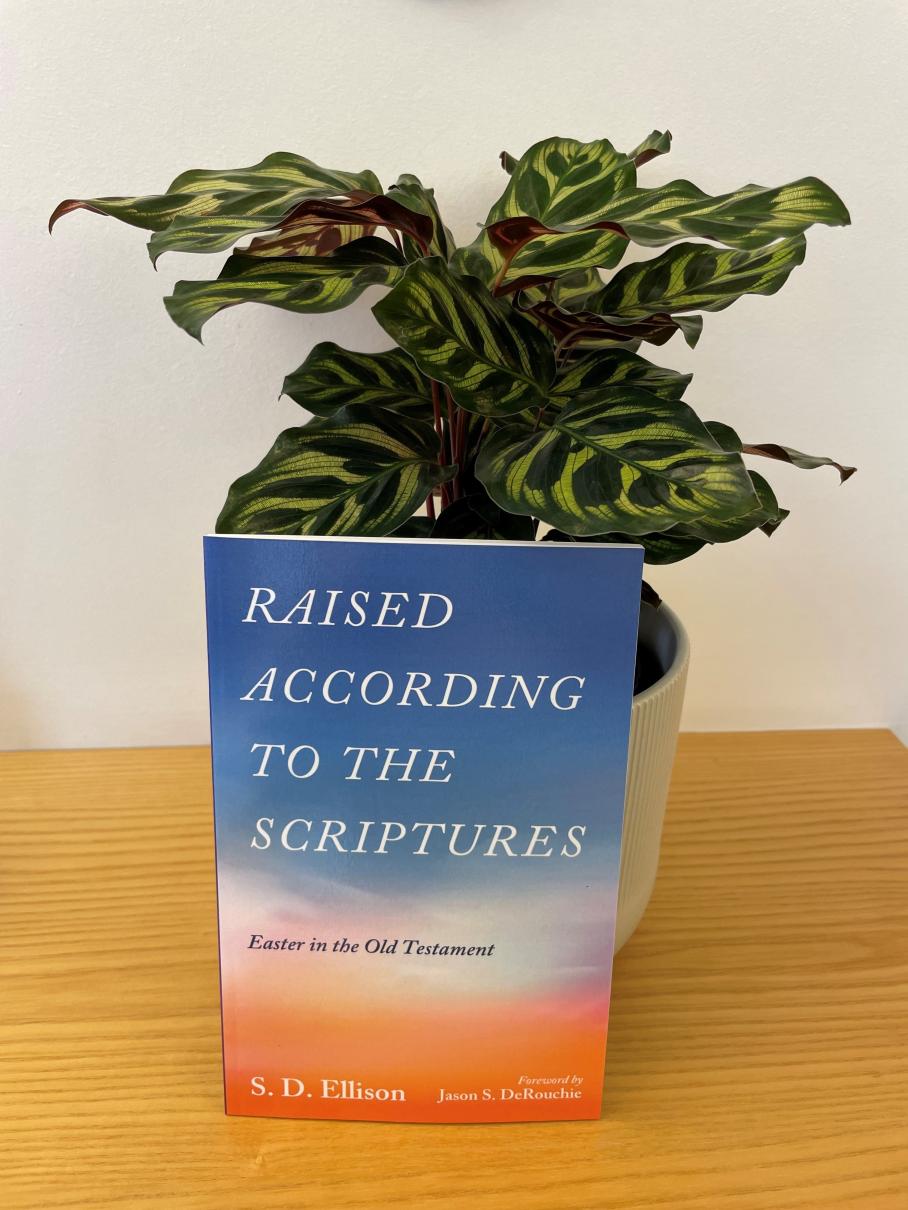Raised According To The Scriptures Book Review

Raised According To The Scriptures
By Michael Frazer
There is something inherently unsatisfying about a loose end. It could be a missing plotline in a novel or an unresolved thread in a favourite TV series. So when Paul, in 1 Corinthians 15:4, states that Christ was ‘raised on the third day in accordance with the Scriptures’, the reader might feel a similar tension. What Scriptures? How exactly do they support such a pivotal theological claim? While Paul is content to let the statement stand, readers and scholars alike may want more. It is precisely this question—whether and how the resurrection can be grounded in the Hebrew Scriptures—that Ellison sets out to explore in ‘Raised According To The Scriptures’.
This task, however, is far from straightforward. Ellison does not seek a single proof text or a central Old Testament narrative to validate the resurrection. Instead, he contends that the hope of the resurrection is woven subtly throughout the Hebrew Scriptures, implicit rather than explicit. In chapter 1, he invites readers to revisit familiar Genesis narratives, where God not only forms bodies but He breathes life into them, demonstrating His sovereignty over both life and death. This divine power is later echoed in the songs of Moses and Hannah, and believed in by Abraham as he prepares to offer his son, each moment hinting at a deeper theology of life beyond death.
In chapter 2, Ellison moves from what he calls ‘theory to practice’, focusing on Old Testament figures who were brought back to life. These instances, he argues, are better described as ‘resuscitations’ rather than true resurrections, for each of these individuals eventually died again. Such episodes point forward, but incompletely, to something greater that God would accomplish through Christ. This distinction is important: Ellison is not simply compiling resurrection texts, but, as his subtitle suggests, revealing ‘Easter in the Old Testament’. Rather than offering a catalogue of verses, Ellison presents a thoughtful exploration of how the resurrection reveals the overarching intentions and character of God.
Chapters 3, 4, and 5 explore how the resurrection is discussed, anticipated, prophesied, and hoped for across the wider Old Testament. Ellison brings these scattered voices together to show that, while individual texts might seem ambiguous or easily overlooked, their collective weight offers a compelling case for the resurrection being deeply embedded in the Scriptures. He is careful not to overstate his case, acknowledging that many of these references do not present a fully developed theology of resurrection. For example, in 2 Samuel 12:23, David’s often quoted remark about his deceased child, ’I shall go to him’, might appear to suggest belief in an afterlife. Yet Ellison remains cautious, seeing in it only ‘a hint of something more beyond the grave’. One of the book’s strengths lies in this restraint: Ellison doesn’t rely on any single text. Instead, he builds a cumulative argument, drawing from a broad range of Scripture to reveal a consistent, though often subtle, pattern of resurrection hope.
Given the thoroughness of Ellison’s argument, it may feel almost unfair to highlight something he omits, especially in light of all he includes. Yet one notable absence stands out. When Jesus defends the resurrection before the Sadducees in Mark 12, he cites God's words to Moses: ‘I am the God of Abraham, the God of Isaac, and the God of Jacob’—adding, ‘He is not the God of the dead, but of the living’. Whilst this passage is given a passing reference, considering the book’s comprehensive treatment of resurrection hope and life after death, it is curious that this foundational Old Testament passage, used by Jesus himself to affirm the resurrection, is not given attention.
Ellison concludes not with an admonition to simply know the Scriptures better, though that is certainly important, and a major emphasis of the book. Rather, he reminds us that knowledge of Scripture is not the end in itself, but a means by which we come to know Jesus more deeply. As he writes, ‘all the facets of resurrection hope we have noted in the Old Testament are embodied by Jesus’. This is a valuable book for anyone seeking to tie up some loose ends of better understanding the Old Testament, or exploring how the resurrection is anticipated throughout Scripture. But its greatest strength lies in this: for those willing to engage with open minds and hearts, it offers a clearer vision of Christ himself.





